John Lewis-Stempel: On top of the mirey, merey moor, in the heart of James Herriot Country
With the wet December sleet pelting down on his tweed cap, John Lewis-Stempel and his terriers ascend Chimney Bank on Spaunton Moor for a breath of cold, damp air and to survey James Herriot country.
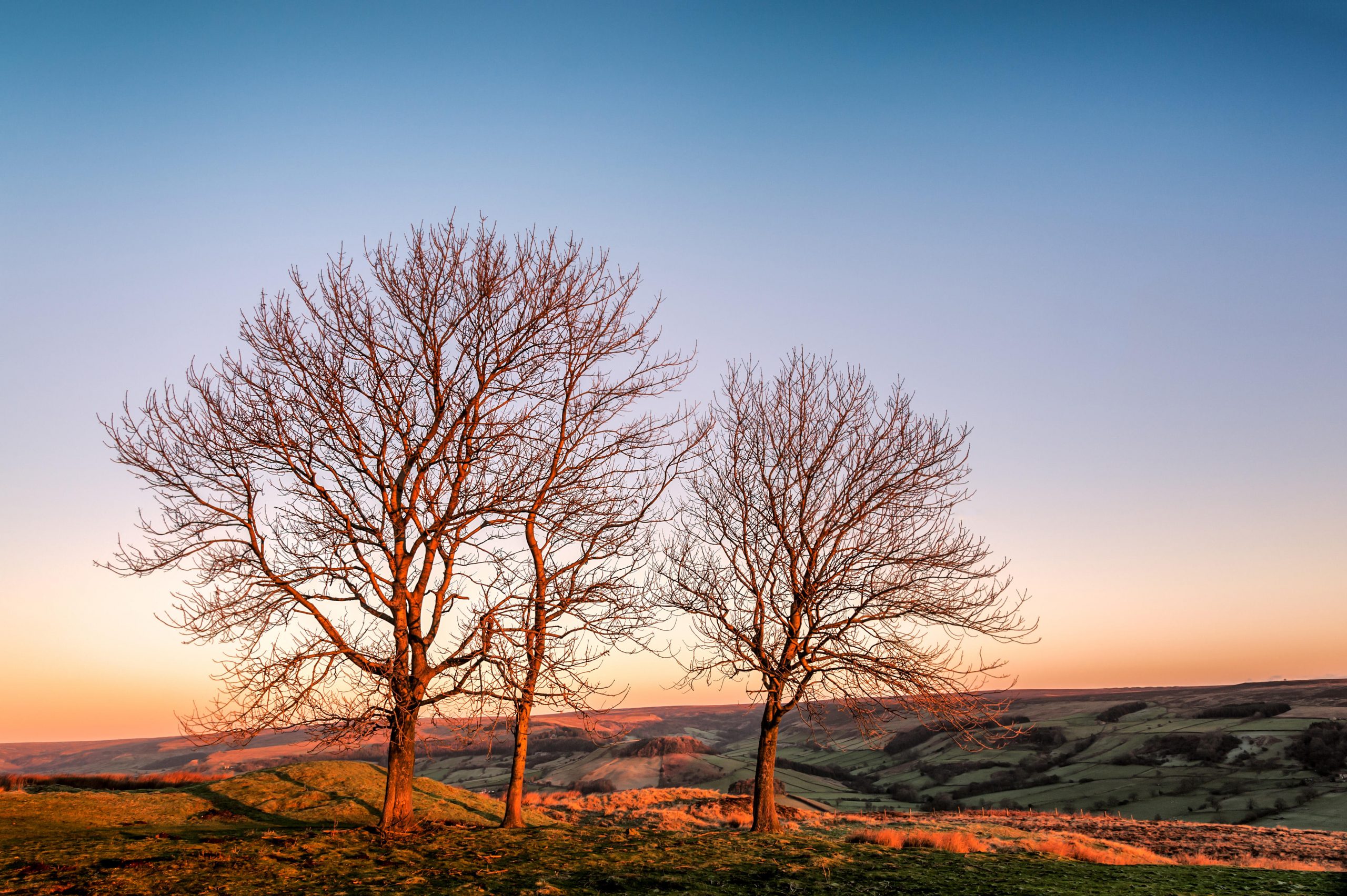

Out on the wild, windy moor, there was no one around but the dogs and me. The sleet was unremitting and cruel like parody, too thin, too seedy, to be proper snow. Light snow remained on the ground, however, left over from the wuthering flurries of the night.
On a clear day standing on Chimney Bank atop of Spaunton Moor, you can see 360˚ to the rim of the encircled world of heather. Not today; today, the moor was strangely, squinty close, conscribed by the ice in the eye, and was strangely intimate for vast moorland. I’d driven up from Thirsk, 20 miles away, where the family and I were staying at the Golden Fleece on Market Square. In James Herriot’s books, Thirsk is fictionalised as ‘Darrowby’ and the Golden Fleece is ‘The Drovers’ Arms’. This is Yorkshire’s Herriot Country.
I’d left the town just after dawn, the Christmas lights of the Market Square reflecting off the cobbles, the sash windows of the close-packed Georgian buildings festooned with baubles and tinsel; a Dickensian Christmas-card scene. Art became Life. I was unconcerned by the night’s snow shower, even with the infamous 25% gradient of Sutton Bank along the route, as I was driving a four-litre farm 4x4. (I know, I know, climate change, no one should have a gas-guzzler, but you try farming with a Nissan LEAF.) Such is hubris that, a quarter of the way up Sutton Bank, my knuckles on the wheel were as white as the driven snow and my mind went to Herriot: how the hell did he manage, in a 1930s Austin, with bald tyres, to do his wintry rounds as t’vitn’ry? But they were resourceful and tough, that generation. They did for Hitler.
At one point on the bank, I was doing 5mph, willing the Jeep upwards, thrusting in the seat. C’mon. C’mon! And then, eventually, I popped out over the top, and was bowling along to Hutton-le-Hole, which is anything but an un-aesthetic dump, with its quaint limestone houses along the dashing beck. From the village, Spaunton Moor is easy enough to find. You follow ‘Moor Lane’. Sometimes, the sheer prosaics of English toponymy are a godsend.
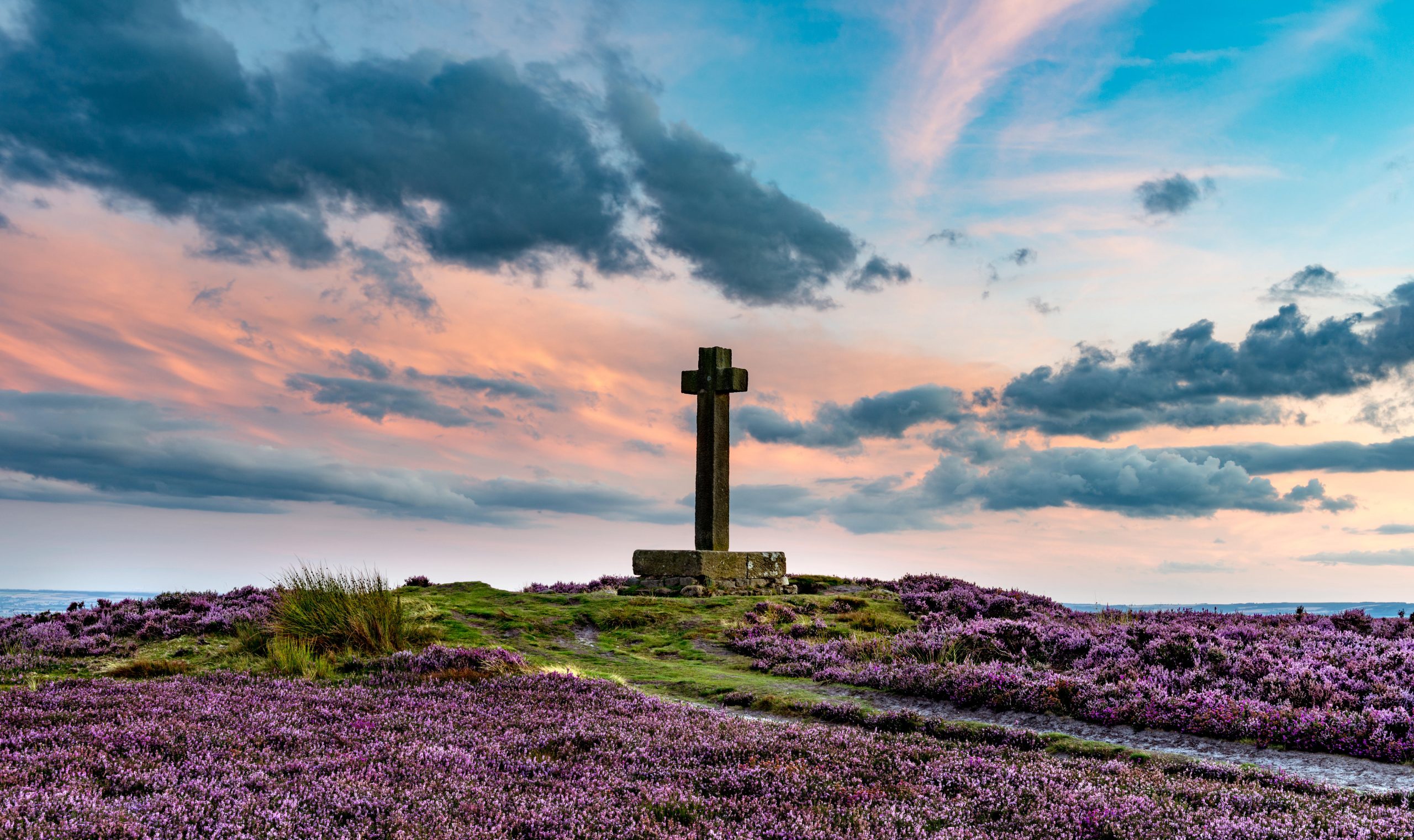
It is a standard antidote to the excesses of the Christmas period: ‘Going for a walk, taking a breath of fresh air.’ But, in going up on the moor that morning, I wanted more than an opportunity to walk off dinner-table indulgence; I wanted escape from Christmas consumerism. Treatment for the head, as well as the waistline. I wanted the chance for a little spiritual reflection, which, after all, is the point of commemorating the Nativity.
Up on the high moor, the snow was a sleet-pitted dusting, no deeper than a Jack Russell’s claw, except where it had wind gathered, ridged up, against a bank of heather; the grassy tracks and tracks between the immense spread of the year-browned heather were a convincing shade of white. Some of the heather had been burned off in squarish patches and the black charring showed through the snow sprinkle. To the clenched eye, the scene was an enormous, melted Dalí-esque chessboard gradually sloping away into infinity.
There was little sound, save for the pelleting of sleet on waxed cap and clothing, the leather-creak of Wellington on snow. Now and then, we caught the blasé clucking of red grouse down in the sheltering heather. Not wishing to disturb the birds, the dogs and I walked along the old railway bed, left over from the days of ironstone mining on the moor. Despite treading as carefully as angels, we disturbed two grouse, which launched out of the knee-high shrubbery, powerful and propulsive, to wing-whirr low and away over the heather, finishing their fleeing flight with that supreme elongated glide of theirs, concinnity of avian aeronautics. Of course, there is always one ‘moorfowl’ that plays to its own rules: a Lagopus lagopus scotica ran across our path, rather than take to the air, a rolling cannonball of bronze, its burnish undiminished by the precipitation. The two terriers looked at me pitifully, their perfect Christmas gift trotting out of reach.
Sign up for the Country Life Newsletter
Exquisite houses, the beauty of Nature, and how to get the most from your life, straight to your inbox.
A short-eared owl quartered the heather, up and down, regular, rhythmic, face fixed towards the ground, oblivious to the weather, oblivious to whether we were there or not. On we trekked across the sleet-blasted roof of Yorkshire, feeling rather heroic, positively polar even. I was wandering alone, but was un-lonely and the sense of companionship was something greater than the company of the dogs. I was pondering this when we encountered a troop of black-and-white-faced Swaledale sheep, undaunted by the weather, nibbling the grass around a tarry mere that only needed a sign: ‘Grendel, The Monster from Beowulf Lives Here.’
Conventionally, the great emptiness of moorland is where the British project their phantasmagoria and psychic fears, hence the Anglo-Saxon epic Beowulf and the Gothic chillers of Jamaica Inn and The Hound of the Baskervilles. Other North European cultures locate their topography of terror in the woods, but, for us, it is the mirey, merey moor. Yet, I have felt at home on moorland as long as I have known moorland and suddenly, looking at the Swaledales, I realised why. The Austrian thinker Rudolf Steiner once said something to the effect that domestic animals ‘ensoul’ landscape.
On a moor, there is a tension between the wild and the human. On the one hand, the great emptiness, the solitude, the desolation; on the other hand the sight of sheep or ponies saves the landscape from utter barrenness. In that moment on the moor, watching the sheep through the flickety sleet, I was warmed by the sense of familiarity: that the sheep and I were a living unity that stretched back into the dawn of our time. Of course, back in ancient days, such a feeling of mutuality between humans and farm animals would have been commonplace. In all the best places, such as a stable in Bethlehem, we even lived alongside each other, the farm animals warming our bodies, as well as our souls.
Twice crowned victor of the Wainwright Prize for Nature writing, for ‘Where Poppies Blow’ and ‘Meadowland’, John Lewis-Stempel’s latest book, ‘La Vie: A year in rural France’, is out now (Doubleday, £16.99)
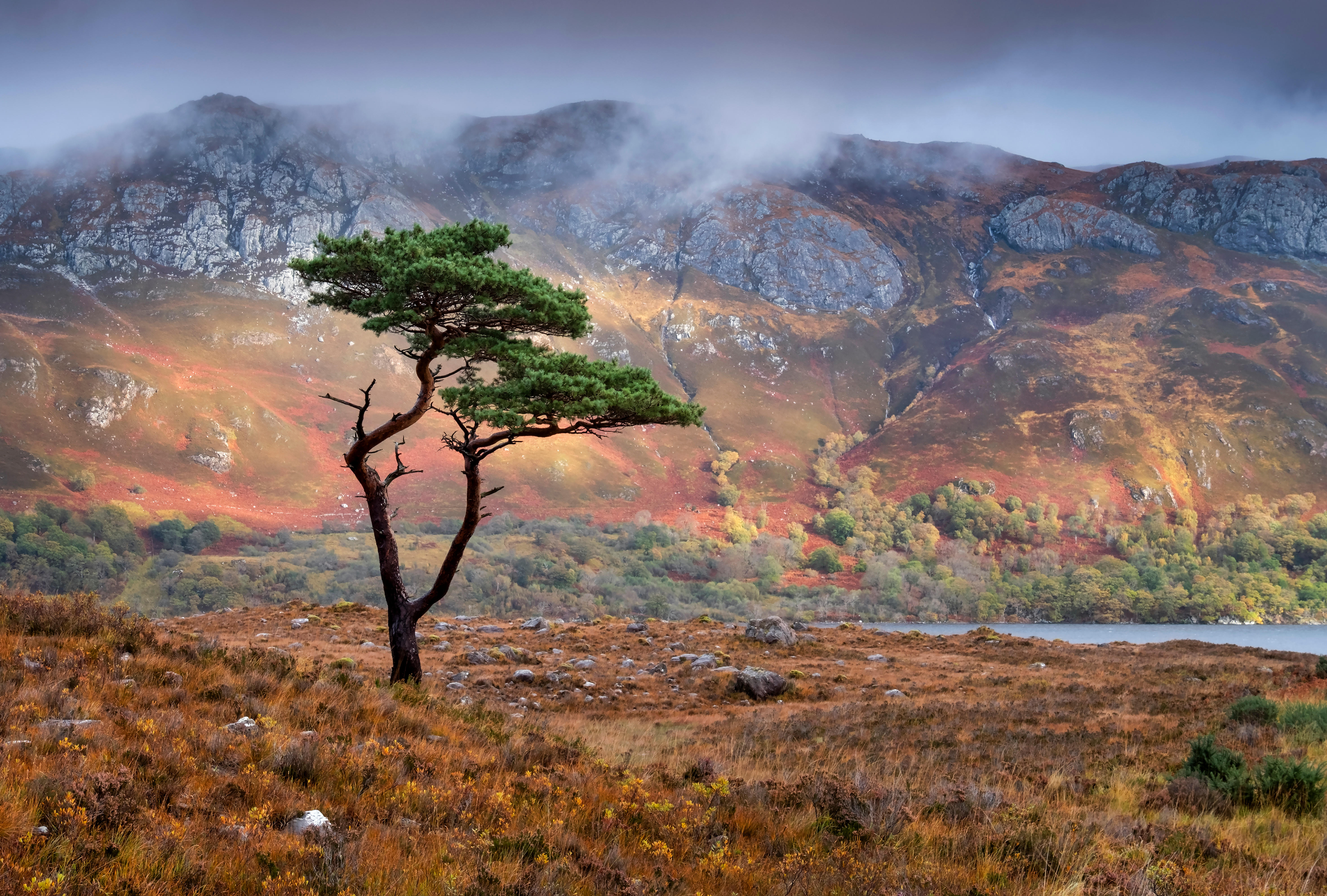
The 10 best trees you'll find in Britain, from Alder to Scots Pine
John Lewis-Stempel picks out his ten favourite British trees.
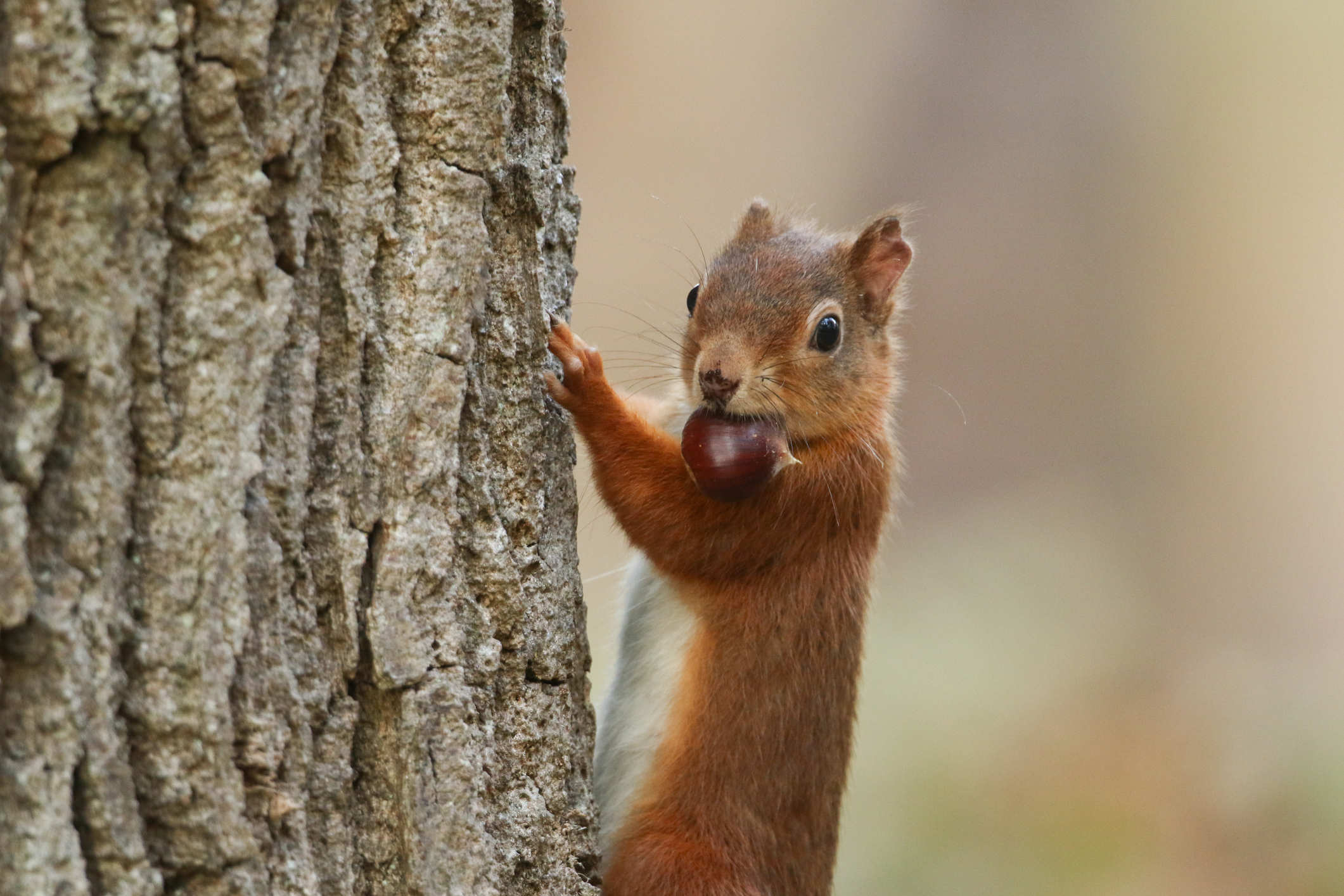
John Lewis-Stempel: Why autumn is the time to go nuts
Whether enjoyed as a healthy snack or deployed as the playground weapon of choice, nuts are versatile, abundant and plentiful
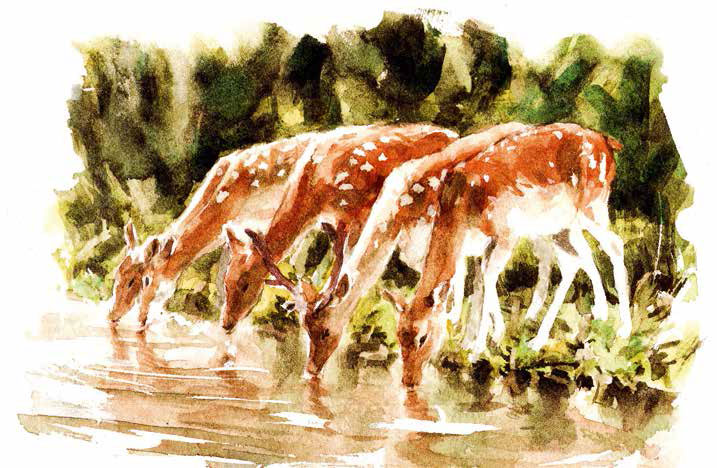
Credit: Philip Bannister / Country Life
The extraordinary writing which made John Lewis-Stempel Columnist of the Year
Read three of the beautiful, evocative articles which made Country Life's John Lewis-Stempel the Columnist of the Year.
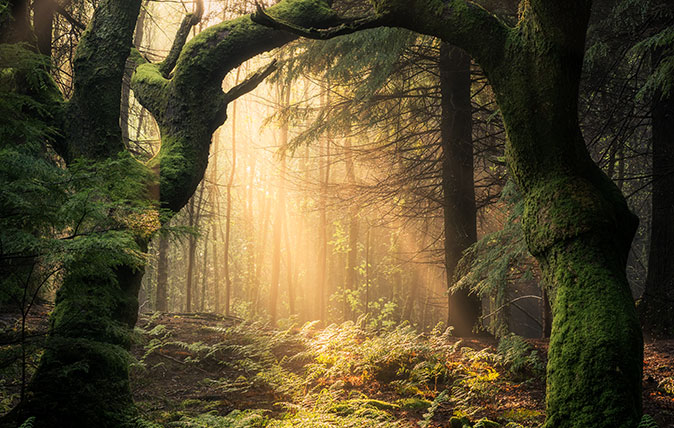
Credit: Guardians of the Forest, Llanrhychwyn, Snowdonia, Wales ©Simon Baxter / Landscape Photographer of the Year
A walk in the woods: Tranquility, beauty, and a 500,000-year-old connection to our ancestors
John Lewis-Stempel appreciates the calm tranquillity of woodland as he wanders through his own treasured Cockshutt Wood.
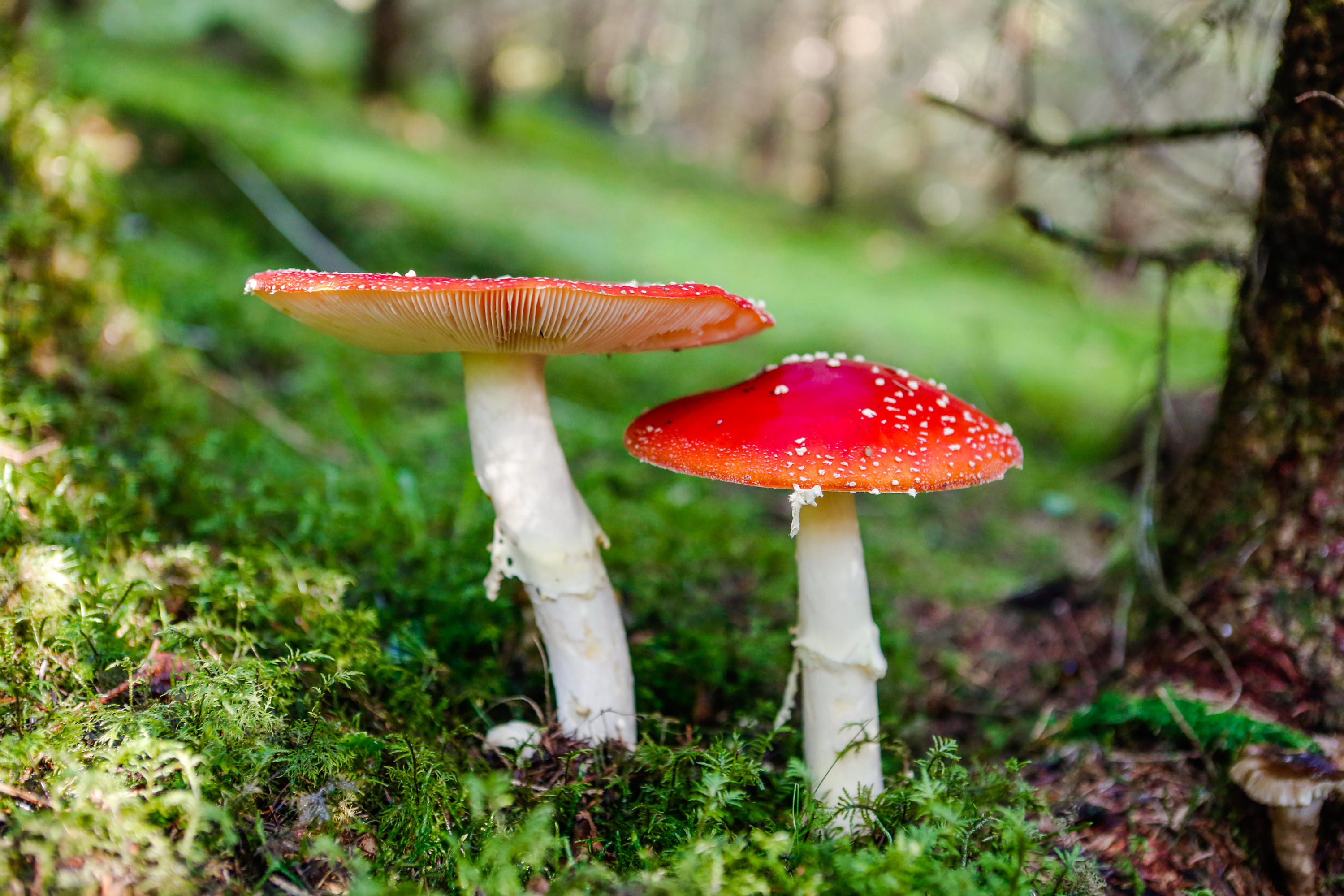
The great mushroom bonanza: 'A walk down the lane has become an exotic passing parade of the edible and the damnably, deadly beautiful'
The weather we've had this autumn means that mushrooms have mushroomed — and award-winning Nature writer John Lewis-Stempel is delighted.
-
 Some of the finest landscapes in the North of England with a 12-bedroom home attached
Some of the finest landscapes in the North of England with a 12-bedroom home attachedUpper House in Derbyshire shows why the Kinder landscape was worth fighting for.
By James Fisher
-
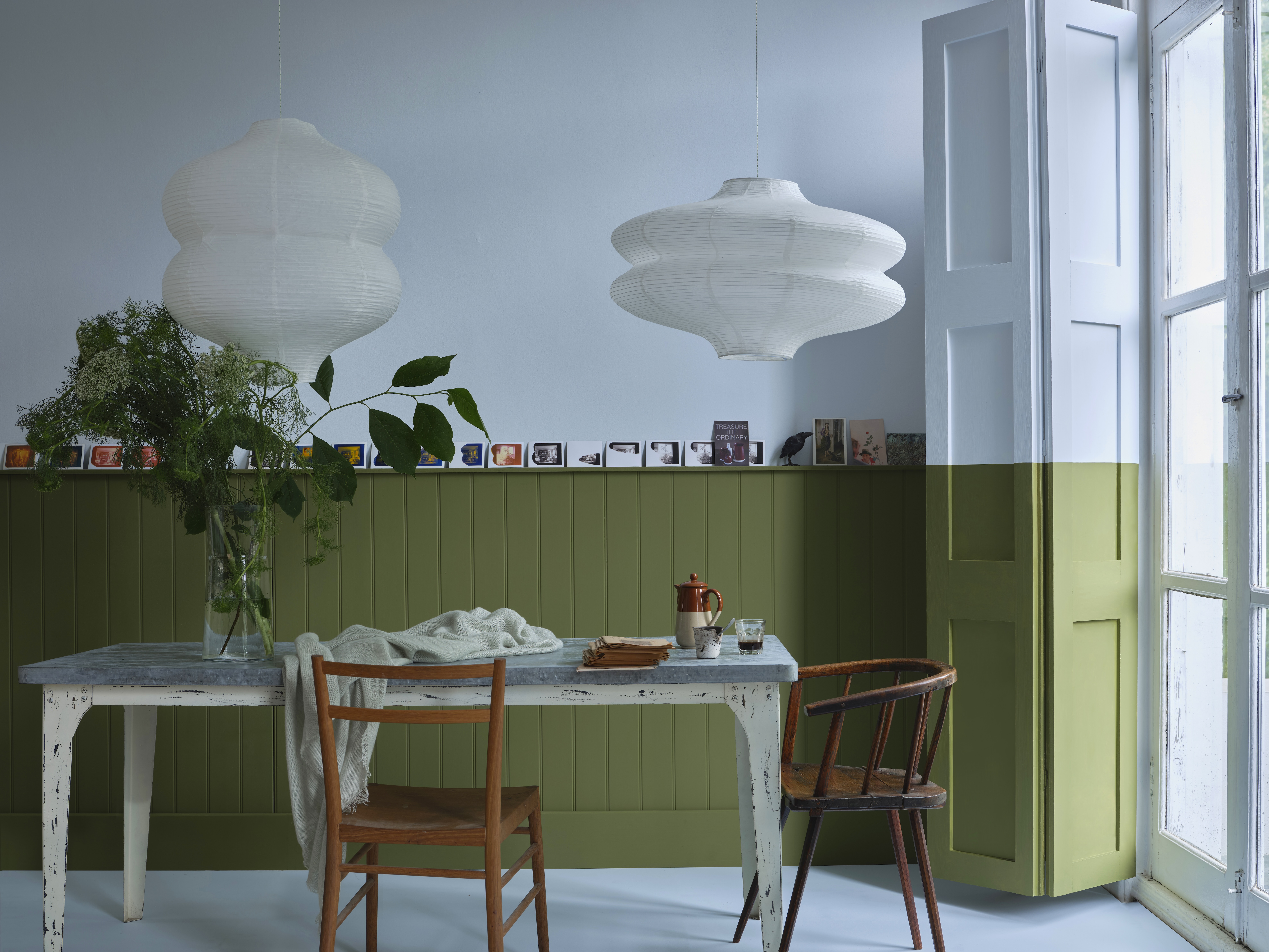 John Sutcliffe — The man, the myth and the paint-naming legend behind Dead Salmon and Elephant's Breath
John Sutcliffe — The man, the myth and the paint-naming legend behind Dead Salmon and Elephant's BreathBy Carla Passino